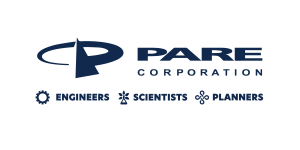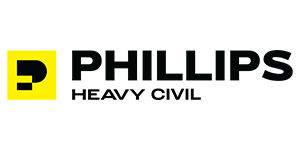Resource
Underwater Leak Repair
Dams are aging and many e.:thibit concrete cracking and undermining allowing water intrusion. Leakage can result/rom poor concrete consolidation, improperly prepared lift or construction joints, water-stop failures, and erosion. When leak rates become unacceptable, repairs must be made. Localized repairs at discrete leak points normally consist a/sealing cracks and defective joints. When these methods are unsucces~fitl) some type aloverall repair is required. This usually consists q{a membrane installed on the upstream side q[the dam. Dewatering is usually not practical or cost-effective. Underwater repair minimizes the impact on power generation and recreation. It also eliminates the adverse structural and environmental impacts associated with dewatering. A variety ofunderwater leak identification and repair methodfi is available. Underwater inspection techniques can be used to identify, evaluate, and map leakage. These include underwater video, sonar, laser imaging, digital crack monitoring, dye tracing, acoustic leak detection, and acoustic positioning. Inspections can be conducted by both divers and Remotely Operated Vehicles (ROV,j. Localized crack andjoint sealing is typically accomplished by cementitious or chemical grouting, epoxy injection, and sUlface treatments. These methods are used by divers to seal even large flowing leaks. Generalized leakage over a large area often requires a membrane to form an impervious barrier. {[the leakage is also around or under the dam, the membrane must be extended to include the upstream approach. 12 pp., 15 references.
































